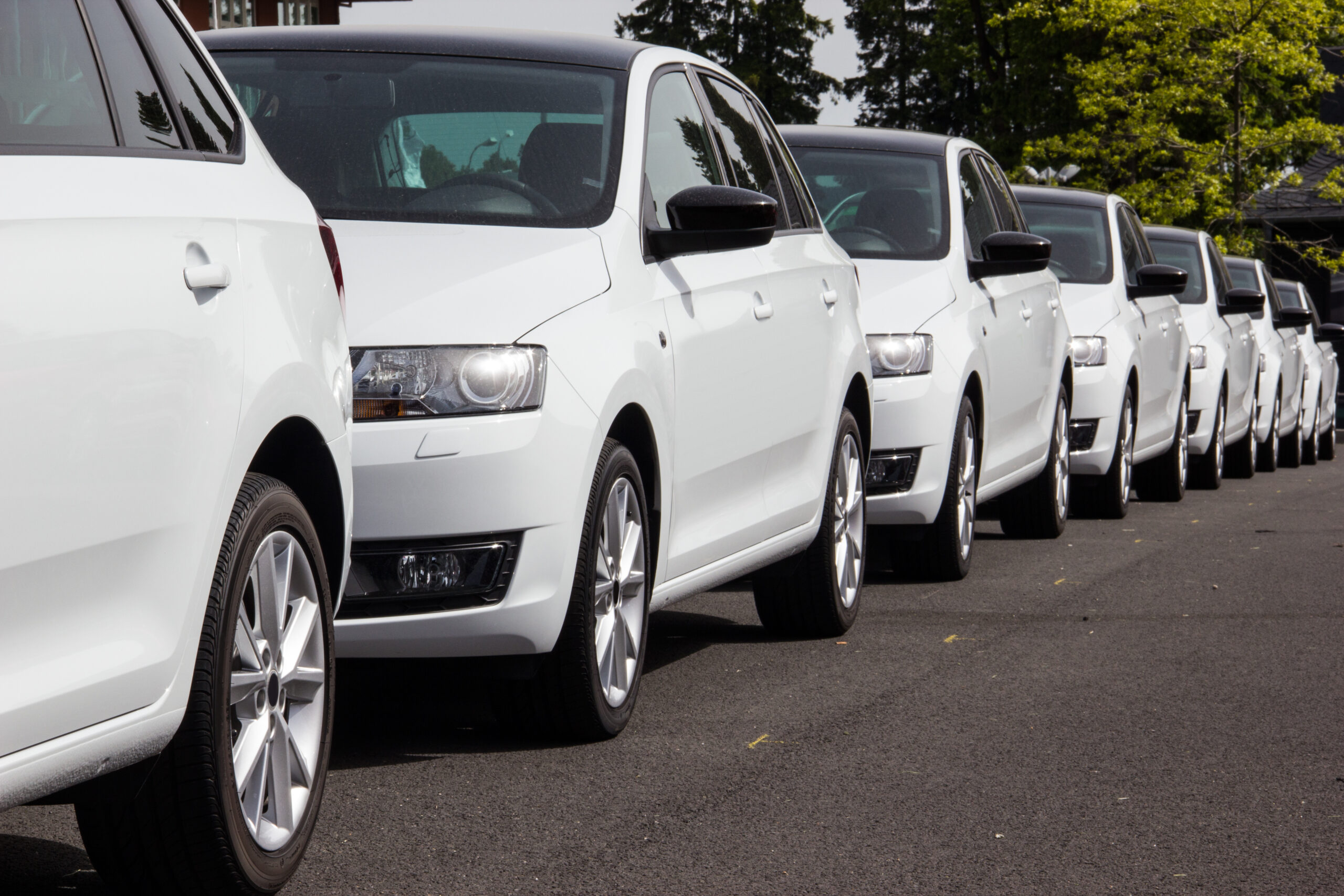Speak to an Expert
Book a CallThe automotive industry continues to evolve, not just in performance and aesthetics but significantly in safety. Safety innovations in recent car models are not limited to physical crash protection but increasingly involve intelligent systems aimed at preventing accidents altogether. The advancements in these systems reflect growing industry and consumer demand for preventative technologies that reduce road fatalities and serious injuries.
AI and Machine Learning in Safety Systems
A major driver behind new vehicle safety enhancements is the integration of artificial intelligence (AI). AI is at the heart of many of today’s advanced driver-assistance systems (ADAS). One prominent example is the use of adaptive cruise control, which maintains a safe distance from the vehicle ahead by automatically adjusting the car’s speed. This technology goes beyond mere convenience—it actively mitigates the risk of rear-end collisions by responding more quickly than human reflexes can.
Lane-keeping assist systems, also powered by AI, monitor road markings and steer the vehicle back into its lane if it begins to drift without a turn signal. These systems are increasingly combined with traffic sign recognition to ensure drivers remain aware of changing road rules in real time, providing both corrective steering and informational alerts.
Real-Time Driver Monitoring and Alertness Detection
Driver fatigue and distraction are persistent causes of accidents. To address this, new cars are increasingly equipped with in-cabin cameras and facial recognition software. These systems monitor driver behavior, tracking eyelid movement, head position, and even facial expressions to determine alertness. If signs of drowsiness or distraction are detected, the system triggers alerts to prompt the driver to take a break or refocus on the road.
This technology is not theoretical—it’s already present in premium and mid-range vehicles, signaling a broader trend of embedding proactive monitoring in mainstream models.
Emergency Braking and Collision Avoidance Systems
Automatic emergency braking (AEB) is becoming standard across many new vehicle models. Using radar and camera systems, AEB detects obstacles, pedestrians, or vehicles in the path of the car and applies the brakes if the driver does not respond quickly enough. This system significantly reduces the severity of frontal collisions and, in many cases, avoids them entirely.
Paired with this is the development of intersection assistance, which analyzes cross-traffic and prevents collisions during turns—a particularly complex scenario for human drivers that now benefits from predictive algorithms.
Vehicle Telematics and Dashcams
Fleet safety has long been a concern in commercial operations, and now the tools developed for fleets are entering consumer markets. Vehicle telematics, often accompanied by onboard cameras (dashcams), record driving behavior and environmental conditions. These systems not only help in the post-incident analysis but also act as deterrents, encouraging safer driving habits.
Research shows that implementing fleet telematics can reduce safety incidents by as much as 52%. The impact of such a reduction in personal vehicles could be transformative, significantly cutting down on insurance claims and vehicle downtime due to repairs.
Enhanced Navigation and Traffic Management
AI-powered navigation systems in modern vehicles utilize both historical and real-time data to optimize routing. These systems consider traffic conditions, construction zones, and accident reports to guide drivers more safely and efficiently. This not only reduces travel time but also minimizes the risk of unexpected hazards—especially useful for delivery drivers or sales representatives who spend hours on the road daily.
Additionally, these smart systems can recommend alternative routes in the event of sudden weather changes or road closures, helping prevent accidents linked to poor visibility or road surface conditions.
Maintenance Predictive Analytics
Mechanical failure remains a major contributor to road accidents, yet many failures are preventable. Modern vehicles are equipped with sensors that monitor the health of key components such as brakes, tires, and engines. AI-powered diagnostics analyze this data and alert the driver to potential problems before they lead to breakdowns or accidents.
This predictive maintenance capability reduces not only risk but also operating costs by addressing issues early, often avoiding larger and costlier repairs.
Safety-First Fleet Policies and Culture
Corporate and commercial fleets are increasingly implementing comprehensive safety policies that go beyond the vehicle itself. These include defensive driving training, regular maintenance protocols, and the use of dashcams and telematics as standard practice. Defensive driving courses, for instance, reduce accident rates and lead to lower insurance premiums and fewer workers’ compensation claims.
Furthermore, companies are integrating written emergency policies, conducting safety audits, and forming joint safety committees to engage drivers in safety planning. These practices have proven to improve both morale and accountability across organizations.
Integration of Safety with Environmental Goals
Interestingly, many of the latest safety features also support sustainability objectives. Electric Vehicles (EVs), while celebrated for their environmental benefits, also come with modern safety suites as standard equipment. EVs often include high-precision torque control, low center-of-gravity design (which improves handling), and robust digital monitoring systems that align with broader safety goals.
EVs further support predictive maintenance with integrated diagnostics that proactively manage performance metrics—reducing both emissions and accidents caused by equipment failure.
Conclusion
The new wave of safety features in the automotive industry is not merely about keeping occupants safe during collisions but about preventing incidents altogether. From AI-driven driver monitoring to emergency intervention systems, predictive maintenance, and integrated telematics, vehicles today are equipped to anticipate and respond to dangers with a level of precision that would have been impossible just a decade ago.
These advancements, drawn from both consumer and commercial vehicle innovation, are setting new benchmarks for road safety. As these technologies become standard across all vehicle classes, they promise not only to reduce accident rates but also to transform driving culture itself—toward one that prioritizes prevention, responsibility, and continuous improvement.
Disclaimer:
The content provided in this blog is for informational purposes only and is not intended as legal, financial, or tax advice. While every effort has been made to ensure the accuracy and reliability of the information at the time of writing, Cardata and the author assume no responsibility for any errors or omissions. Readers should consult with a qualified professional to determine how any information discussed may apply to their specific circumstances.
Share on:


